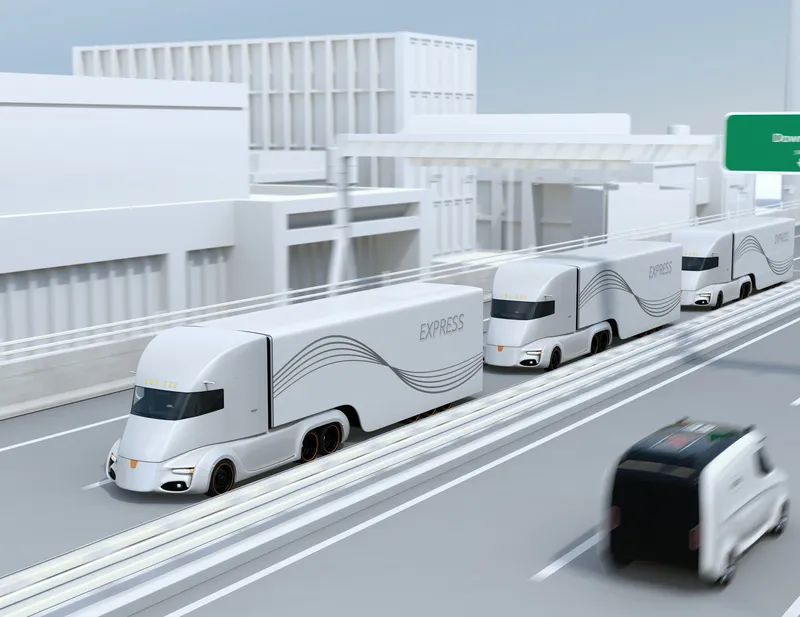The latest report from MarketsandMarkets forecasts the global transportation safety and transportation security market to grow from US$37.80 billion in 2013 to US$62.96 billion in 2018, at a Compound Annual Growth Rate (CAGR) of 10.7 per cent from 2013 to 2018.
North America (NA) is expected to be the biggest contributor in terms of revenue contribution, while the growing markets Asia Pacific (APAC), Middle East and Africa (MEA) and Latin America (LA), are expected to experience increased market traction
December 2, 2013
Read time: 2 mins
The latest report from 6418 MarketsAndMarkets forecasts the global transportation safety and transportation security market to grow from US$37.80 billion in 2013 to US$62.96 billion in 2018, at a Compound Annual Growth Rate (CAGR) of 10.7 per cent from 2013 to 2018.
North America (NA) is expected to be the biggest contributor in terms of revenue contribution, while the growing markets Asia Pacific (APAC), Middle East and Africa (MEA) and Latin America (LA), are expected to experience increased market traction with high CAGRs, during the forecast period.
The major driving forces which are enabling the growth of this market is constant need of public safety, massive infrastructural development, higher return on investment (ROI) from enhanced security, and business continuity. The significant rise in this market is due to development of critical transportation infrastructural facilities, new transportation-related projects across the globe. The increasing threats, catastrophic accidents, and natural and unnatural disasters have also been the influencing factors for the growth of this market.
Some of the solutions which are gaining traction and investment from various vendors are integration software, security/software-as-a-service (SaaS), integration of command and control systems with communication systems, and advanced imaging technology.
MarketsAndMarkets has segmented this market by modes of transportation (airways, seaways, railways, and roadways); regions; and services. All the modes of transport are further segmented on the basis of infrastructure and mode safety and security.
Infrastructure safety and security systems includes, passenger screening and scanning system, cargo inspection system, secure communication system, intrusion detection and perimeter protection system, fire detection and protection system, video surveillance and access control. Mode security solutions comprise of traffic control systems, tracking and navigation systems, and mode safety and security systems.
North America (NA) is expected to be the biggest contributor in terms of revenue contribution, while the growing markets Asia Pacific (APAC), Middle East and Africa (MEA) and Latin America (LA), are expected to experience increased market traction with high CAGRs, during the forecast period.
The major driving forces which are enabling the growth of this market is constant need of public safety, massive infrastructural development, higher return on investment (ROI) from enhanced security, and business continuity. The significant rise in this market is due to development of critical transportation infrastructural facilities, new transportation-related projects across the globe. The increasing threats, catastrophic accidents, and natural and unnatural disasters have also been the influencing factors for the growth of this market.
Some of the solutions which are gaining traction and investment from various vendors are integration software, security/software-as-a-service (SaaS), integration of command and control systems with communication systems, and advanced imaging technology.
MarketsAndMarkets has segmented this market by modes of transportation (airways, seaways, railways, and roadways); regions; and services. All the modes of transport are further segmented on the basis of infrastructure and mode safety and security.
Infrastructure safety and security systems includes, passenger screening and scanning system, cargo inspection system, secure communication system, intrusion detection and perimeter protection system, fire detection and protection system, video surveillance and access control. Mode security solutions comprise of traffic control systems, tracking and navigation systems, and mode safety and security systems.









